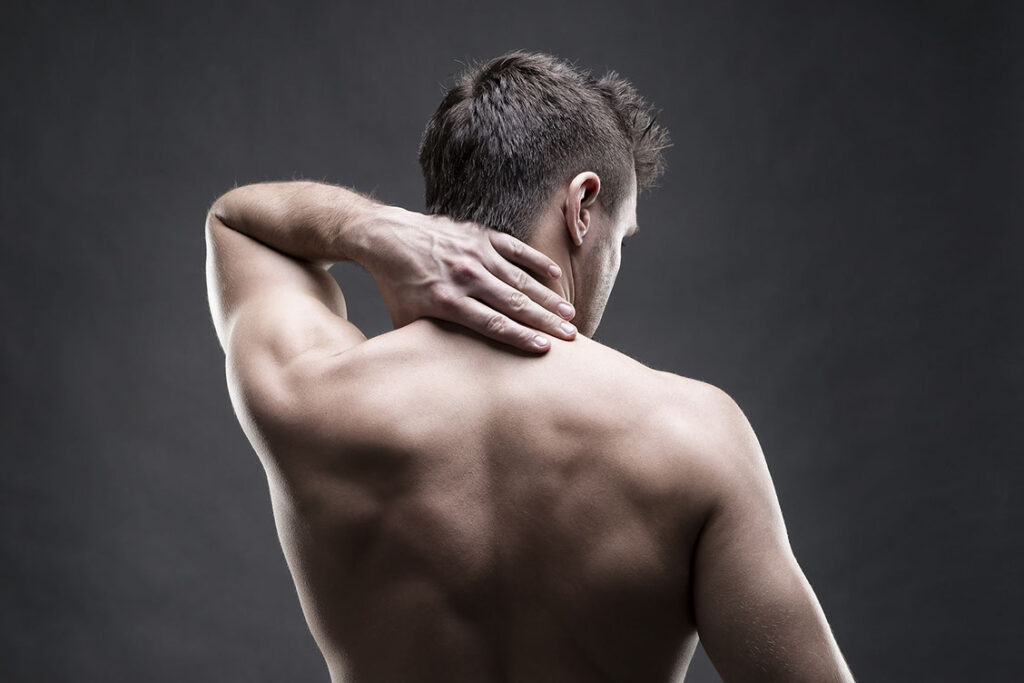
Radiculopathy is a pinched nerve in the spine. It occurs with changes in surrounding bones and cartilage from wear and tear, or from injury. These changes may cause pressure on a nerve root. A nerve root is the part of each spinal nerve that exits your spinal cord and goes through an opening in your spine.
When your nerve roots are compressed, they may become inflamed, causing numbness, weakness, and pain. Timely and appropriate treatment can reduce these symptoms.

Symptoms of radiculopathy can range from mild to severe. The location of symptoms depends on which nerve root is affected.
Radiculopathy occurs when a nerve is compressed by surrounding tissue. It’s sometimes caused by a herniated spinal disc. This starts with a weakening or tearing of the outer rim of the disc. The nucleus, or inner part, then push outward and exerts pressure on a nearby spinal nerve.
Many spinal changes happen as you age. Radiculopathy usually affects people between the ages of 30 and 50. Conditions like osteoarthritis, rheumatoid arthritis, and obesity can increase the risk of Radiculopathy. Other risk factors are poor posture, spinal abnormalities like scoliosis, and repetitive movements. Pregnant women have a higher risk. It can also be hereditary, so you are at increased risk if your family has a history of Radiculopathy.
To diagnose Radiculopathy, our doctor will first perform a physical examination. They may then run certain tests or scans such as:
The main function of the lumbar spine is to bear the weight of the body. The five lumbar vertebrae are numbered L1 to L5. These vertebrae are much larger in size to absorb the stress of lifting and carrying heavy objects.
At Sri Padmavathi Multi-Speciality Hospital, Our doctor may recommend home care, medications, treatment, or a combination of treatments.
You should limit activities that aggravate your pain. Our doctor can prescribe a splint, brace, or soft neck collar to immobilize the affected area. This makes it easier for you to rest the injured area.
***We Promise, no spam!
Andhra Pradesh Most Advanced Neuro Treatment
Services,At Sri Padmavathi Multi-Specialty Hospital
providing the latestand most advanced treatment
modalities.
© 2021, Sri Padmavathi Hospital. All Rights Reserved.